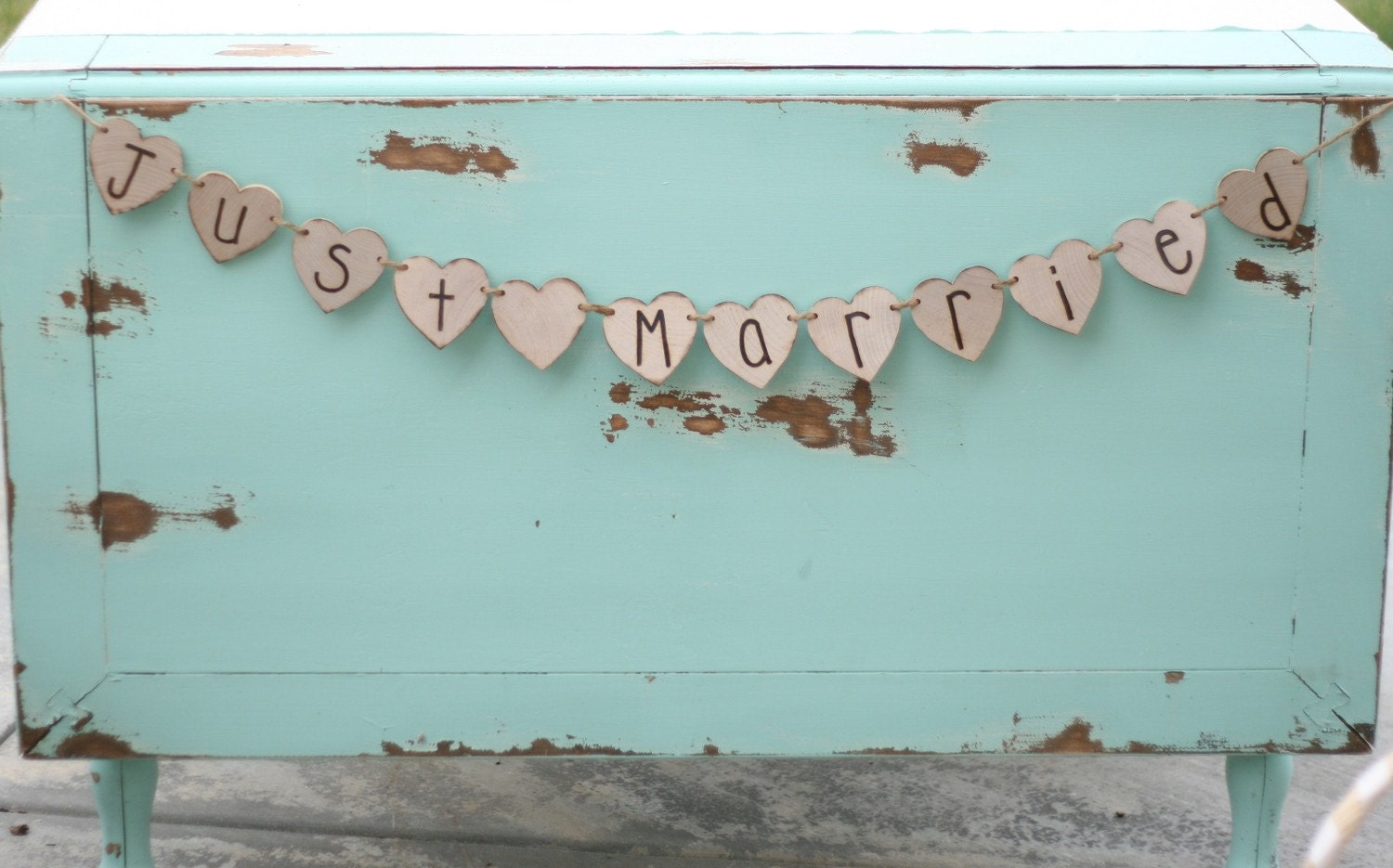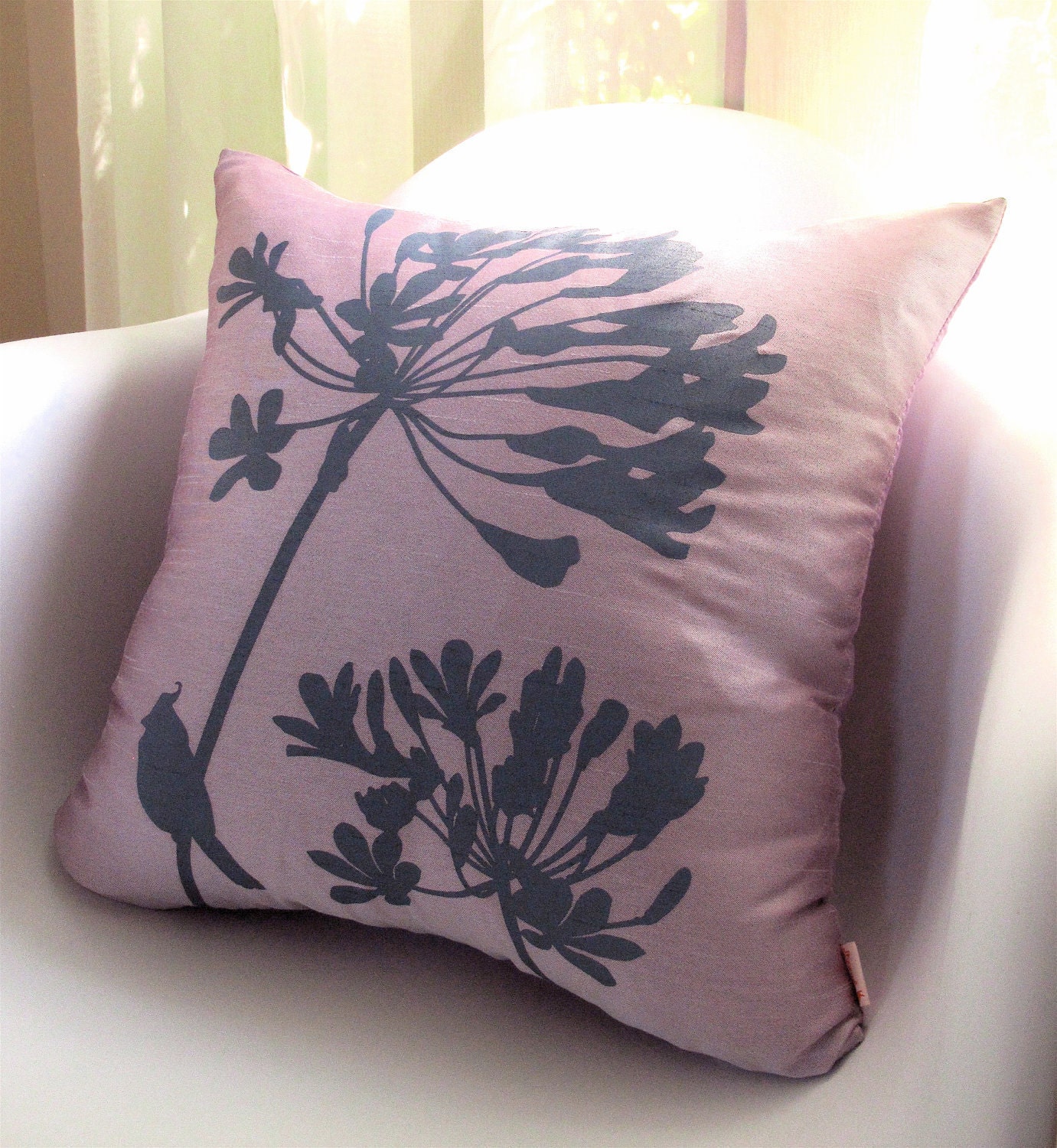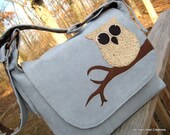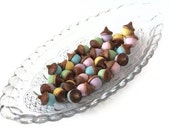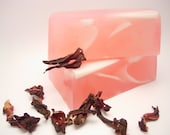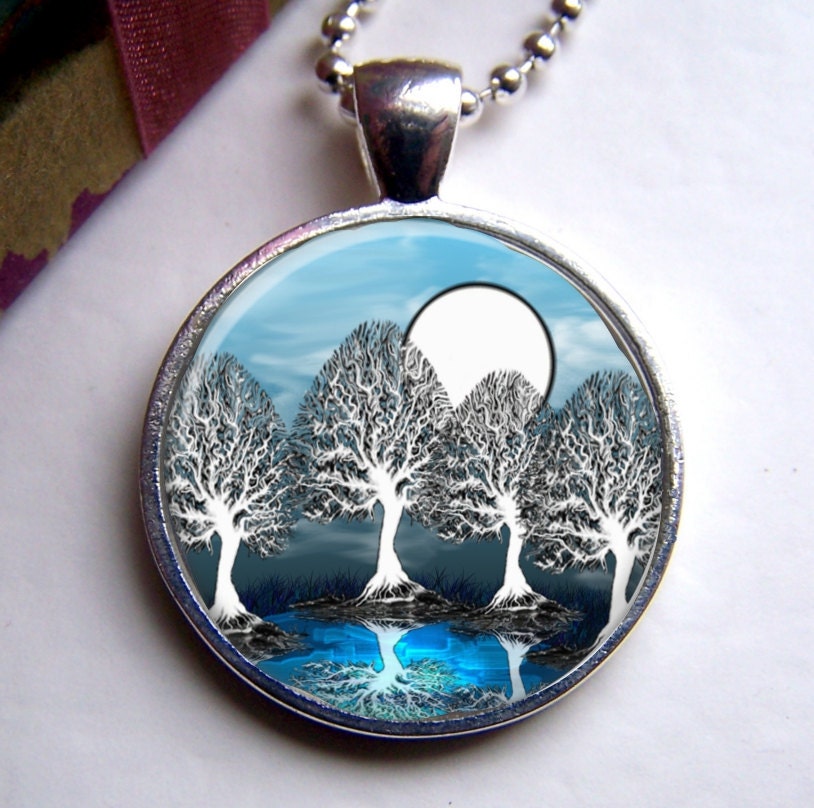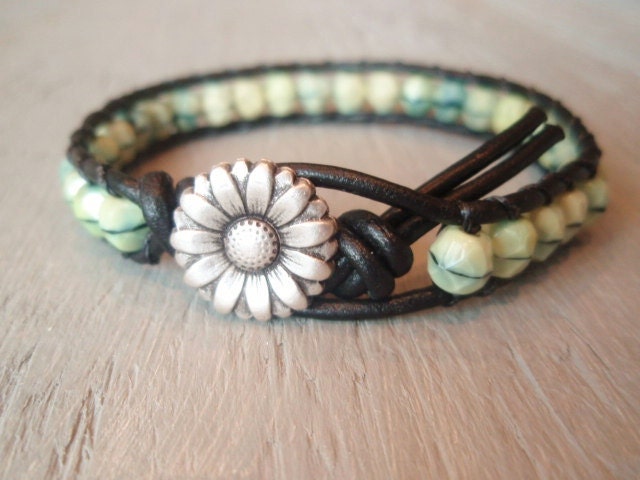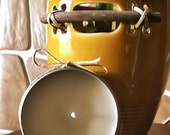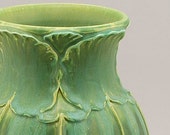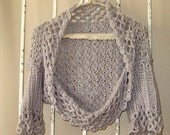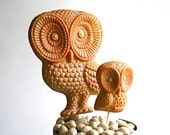 |
| Handmade Soy Tea Light Candles |
In this article, I will walk you through the steps of making soy wax tea light candles in clear, polycarbonate cups. This is an intermediate level candle making project, because you will need to make a few test batches to determine a good match for the size and type of wick to use. Some suppliers sell kits with everything you need to get started. In that case, making tea lights is an easy way to being making soy candles. I prefer the polycarbonate cups to metal cups because they are sturdier and do not bend, warp, or dent easily; however you can use metal cups with these directions as well.
MATERIALS:
 |
| China Rain Tea Lights |
soy wax
wicks
polycarbonate cups
color
scent
packaging
EQUIPMENT:
wax melter/double boiler/ microwave
small pouring pot
utensil for stirring wax
waxed paper or tin foil for lining work area
thermometer
scale
cleaning rags
scissors
STEP ONE: PREP YOUR WORK AREA
Lay down waxed paper or tin foil over the surfaces you will be using to protect from wax spills and gather your equipment.
 |
| Candle Scent and Dye |
STEP TWO: MELT YOUR WAX
I use a presto pot melter with a spigot. You can buy these online at Etsy.com or other candle suppliers. Set the temperature to just under 200. Other options include double boiler or microwave. Only use the microwave for pure soy wax and do not leave it unattended. Zap the wax for two minute increments, stir, and put it back in for two more minutes, until the wax is melted.
STEP THREE: LAY OUT CUPS AND WICKS WHILE THE WAX IS MELTING:
Organize your cups and wicks into neat and orderly rows while the wax melts. Get your wicks ready by straightening each one and having them close to your cups for easy access. Once you pour the wax, you will need to move fast. For wick size, I like LX 12 tabbed wicks for soy wax best. In the picture, I am using zinc core tealight/votive wicks. You will need to make several small batches to test before making a large amount. The wick cannot be too big, or your flame will warp the plastic cup and your tea lights will burn too fast.
 |
| Cups and Wicks Ready For Wax |
STEP FOUR: COLOR AND SCENT YOUR WAX
Most soy waxes hold 8-10% fragrance. Consult your supplier for the exact amount you should use and only use scents recommended for candles. Do not use commercial perfumes, air fresheners, potpourri oils, or craft store scents made for soaps only. This is a fire safety issue. The easiest way to determine how much scent to use is to weigh the wax prior to melting it and then weigh the fragrance. I like to add the fragrance and color to the melted wax around 140-150 degrees F. I mostly use liquid candle dye. If you are using solid blocks, you can add the dye to the wax before melting. Adding scent to very hot wax will burn off some of the fragrance, resulting in a weaker scent for your candle.
STEP FIVE: POUR THE WAX
You can transfer the melted wax to a measuring cup or smaller pouring pot if it seems you are spilling too much. Fill the cup all the way to the top, without overflowing, with melted wax. You can pour 40-50 cups at a time before the wax starts to harden. After you have filled a few dozen cups, break from pouring to insert the wicks.
 |
| Freshly Poured Tea Lights With Wicks |
STEP SIX: ADD THE WICKS
Since tea light cups are small, adding and centering the wick is easy. Simple add the straightened wick to the cup, center it, and move on. If your wicks flop over or slide around, they are most likely too long or your wax is too hot, causing the coated wicks to lose stability. Trim the wicks shorter and try again. If your problems persist, try a wick with a larger base (metal tab on bottom) next time
STEP SEVEN: LET THE CANDLES HARDEN
This will take about 2 hours for tea lights.
STEP EIGHT: TRIM WICKS AND CLEAN EXTERIOR
Using a scissors, trim the wicks to 1/4th inch and wipe and excess or spilled wax off the exterior of the candle with a clean rag.
You are now ready to test your candles! Tea lights should burn for 6-10 hours without the cup warping, melting, or spilling wax. If you get a candle that burns too fast, too smoky, or warps the cup, try a test batch with a smaller wick. Remember, soy wax needs one size bigger wick than paraffin wax.

























